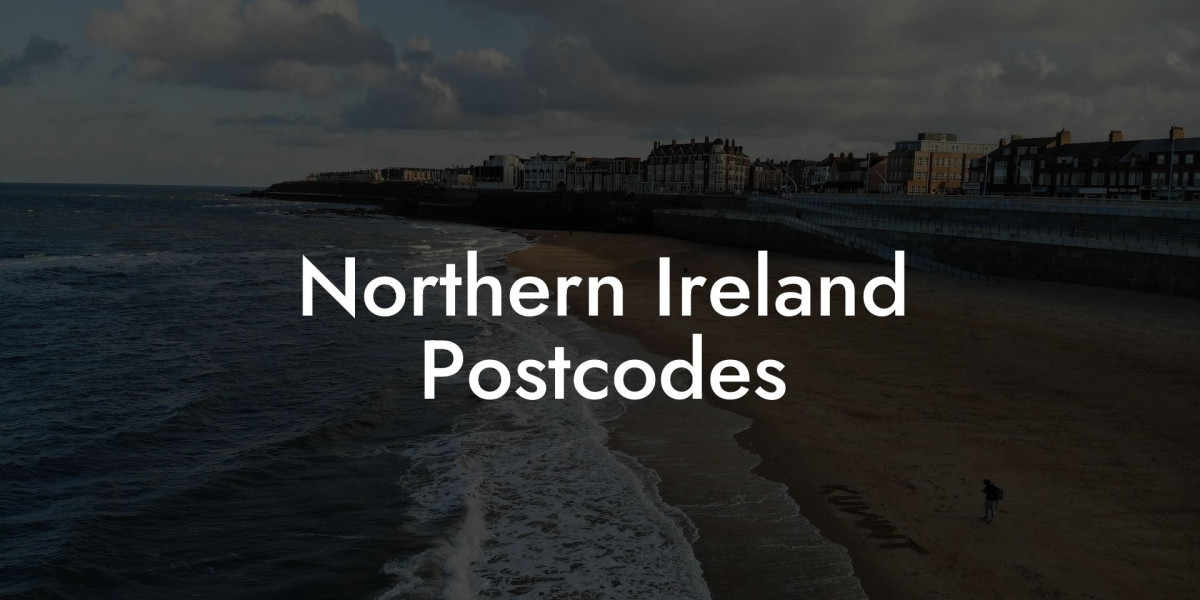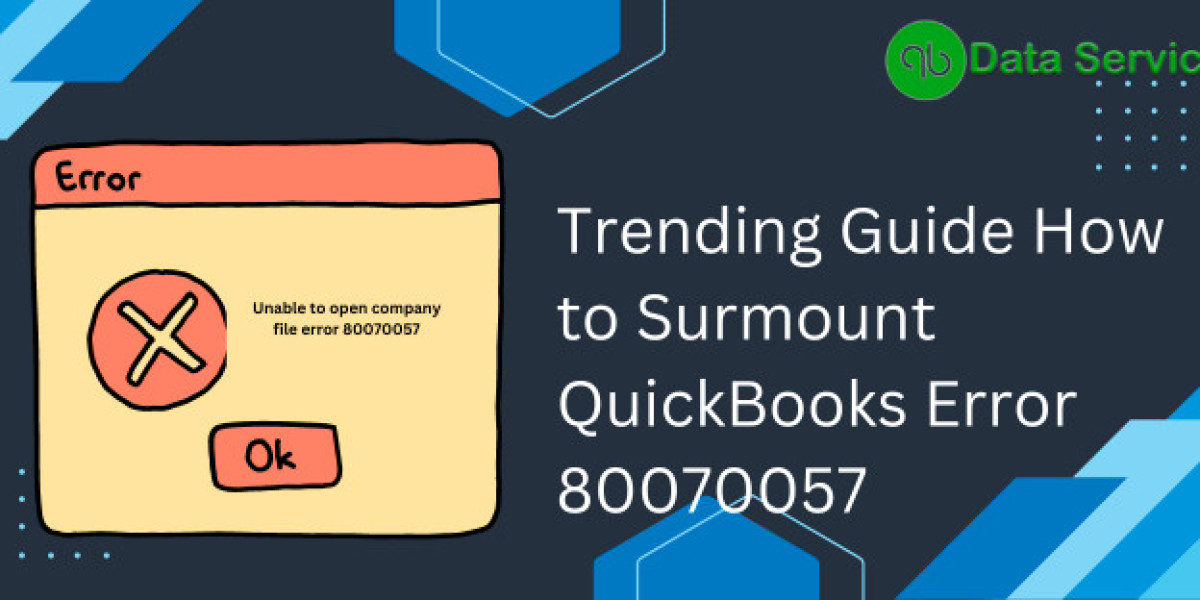Northern Ireland postcodes are part of the UK postcode system, specifically within the BT (Belfast) postcode area. The BT postcode area covers all of Northern Ireland and is further subdivided into districts that identify specific regions, towns, and localities. Understanding Northern Ireland postcodes is crucial for a range of applications, from logistics and navigation to marketing and demographic analysis.
Structure of Northern Ireland Postcodes
- BT Area: All postcodes in Northern Ireland begin with "BT," which stands for Belfast, the capital city. The BT postcode area is unique in that it encompasses the entire region of Northern Ireland.
- Postcode Format: Northern Ireland postcodes follow the standard UK format, typically structured as "BTxx nxx" (e.g., BT1 3AX). The first part (BT followed by one or two digits) represents the postcode district, while the second part narrows down the location to a specific address or group of addresses.
- Postcode Districts: The BT postcode area is divided into over 80 postcode districts, ranging from BT1 to BT94, covering cities, towns, and rural areas across Northern Ireland. For example:
- BT1-BT17: Primarily cover different parts of Belfast.
- BT18-BT23: Include areas like Holywood, Bangor, and Newtownards.
- BT30-BT34: Cover towns like Downpatrick, Newry, and surrounding regions.
Applications of Northern Ireland Postcodes
- Logistics and Delivery: Postal services, couriers, and e-commerce businesses rely heavily on accurate postcode data to ensure timely and correct deliveries across Northern Ireland. The structured postcode system helps in planning optimal routes and minimizing delivery errors.
- Marketing and Demographics: Businesses use postcode information to analyze customer demographics, tailor marketing campaigns, and identify target markets. For instance, localized promotions in Belfast might be aimed at specific BT districts based on population density and purchasing behavior.
- Public Services and Planning: Government bodies and local councils use postcode data for resource allocation, public service planning, and emergency response. For instance, healthcare providers and educational institutions often plan their services based on population distribution within specific postcode areas.
- Property and Real Estate: Northern Ireland’s property market relies on postcode data for assessing property values, analyzing market trends, and providing location-specific insights to potential buyers or renters.
Challenges and Considerations
- Rural Areas: While urban centers like Belfast have densely packed postcode areas, rural regions in Northern Ireland cover larger geographical areas with fewer properties. This can pose challenges for logistics and accurate location mapping.
- Boundary Overlaps: Postcode boundaries do not always align perfectly with administrative or electoral boundaries, which can create complexities in service delivery and statistical reporting.
Importance of an Updated Postcode Database
Maintaining an up-to-date Northern Ireland postcode database is essential for businesses and organizations operating in the region. Regular updates ensure that new developments, address changes, and other geographic adjustments are reflected accurately, improving efficiency and customer satisfaction.
Conclusion
Northern Ireland’s BT postcode area is a well-organized and comprehensive system that plays a vital role in everything from mail delivery and navigation to market analysis and public service provision. For businesses and organizations, leveraging this postcode data effectively can unlock significant value and enhance operations across the region.



